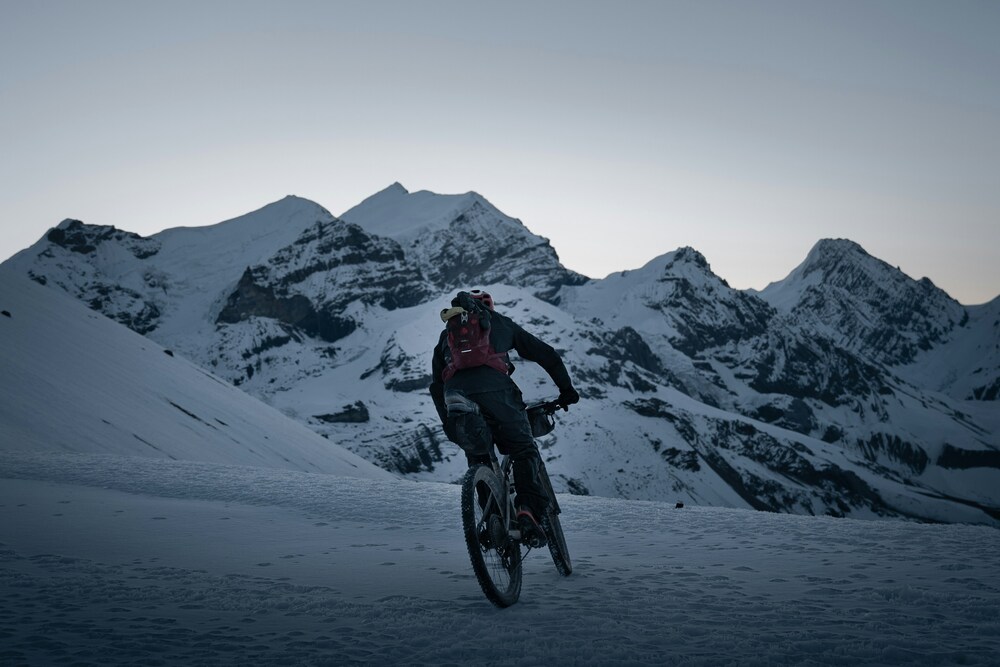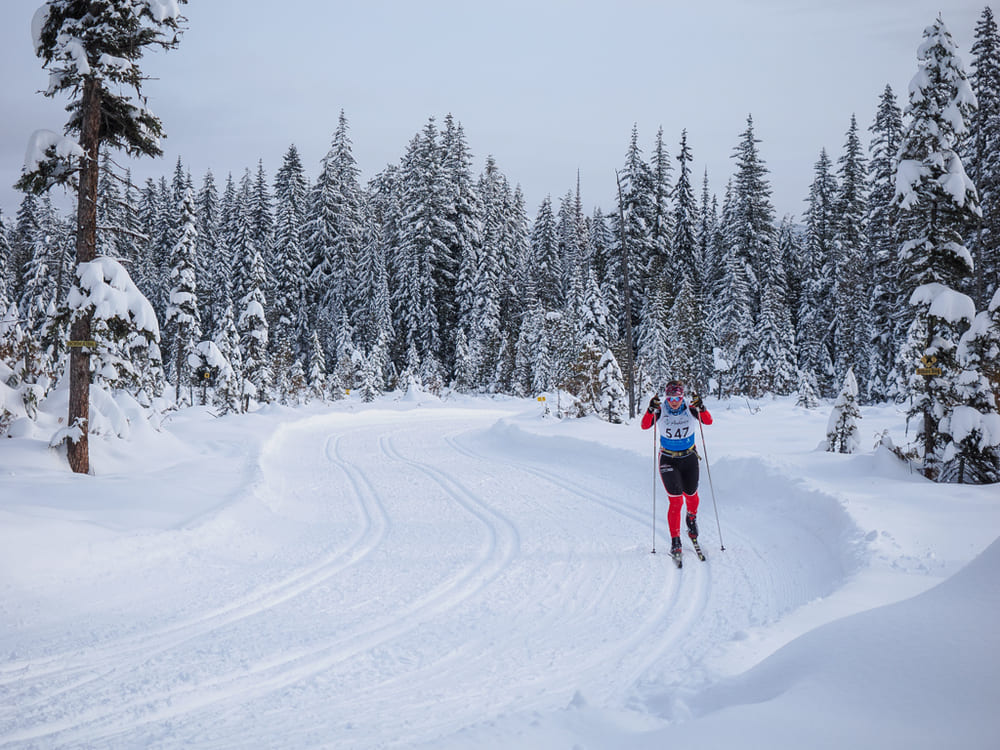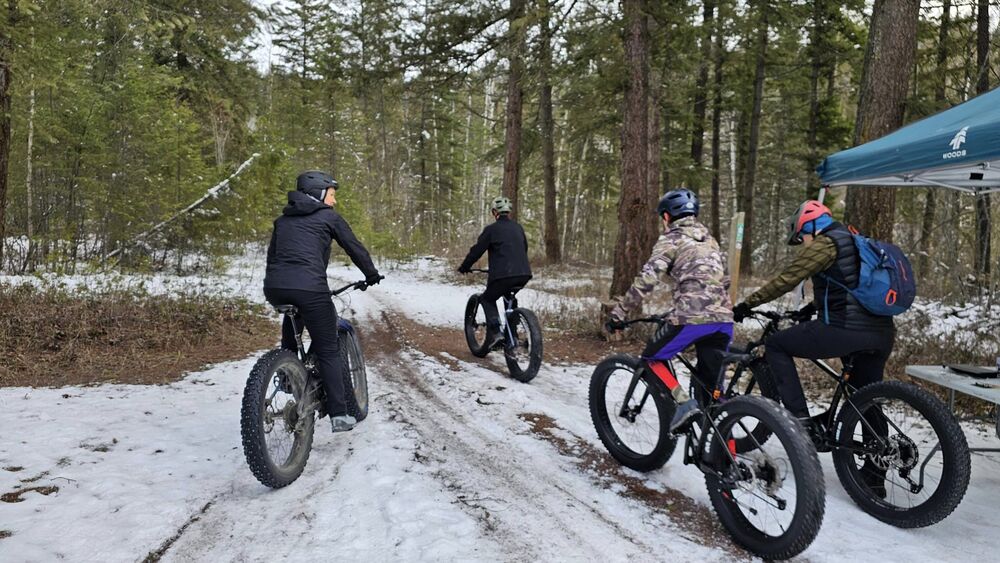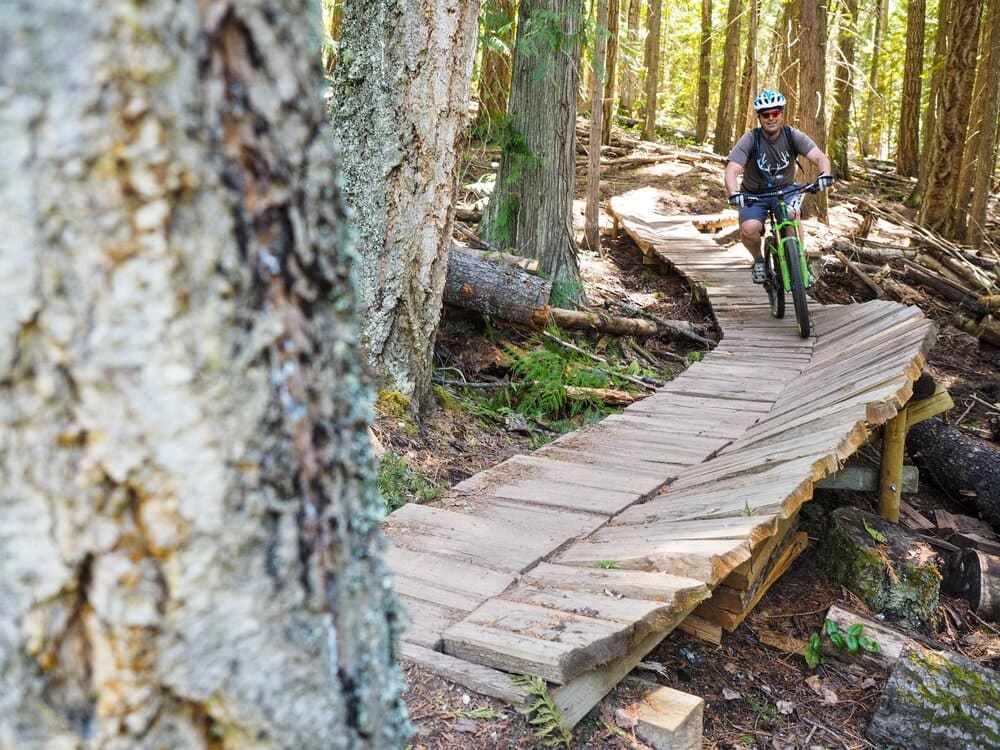Cycling in cold weather presents unique challenges, but it also offers a rewarding experience for those who prepare correctly. When temperatures drop, it becomes vital to adjust your gear and bike setup to remain comfortable, safe, and efficient on the road or trail. This guide covers the most effective clothing, accessories, and bike modifications for cold weather cycling.
Choosing the Right Base Layers
A solid foundation begins with appropriate base layers. The base layer is the first piece of clothing that touches your skin, and its main job is to regulate your body temperature by wicking away sweat. This prevents you from getting cold when you stop or slow down.
Merino wool is an excellent material for base layers due to its natural moisture-wicking properties and ability to provide insulation even when wet. Unlike synthetic materials, merino wool is also odor-resistant, which is a bonus on longer rides. For those who prefer synthetics, polyester and nylon blends offer great moisture management, but they might require frequent washing to avoid odors.
Your base layer should be snug without being tight, ensuring that it moves with you and doesn’t restrict blood flow or mobility. Long-sleeved tops and full-length leggings are preferred for their added warmth. For particularly cold days, consider adding a second base layer, especially on your upper body, where the wind chill is most felt.
Insulating and Protecting Your Core
Once you have a reliable base layer, insulating your core becomes the next priority. The core is critical because maintaining its warmth allows your body to focus on keeping your extremities warm as well.
A good mid-layer, such as a fleece jacket or insulated cycling jersey, provides the necessary warmth without adding excessive bulk. For many cyclists, this mid-layer can be a versatile piece that is easy to remove if temperatures rise or if you begin to feel too warm.
On top of the mid-layer, you’ll want a quality outer shell. A softshell jacket offers windproofing and water resistance, making it ideal for most cold weather conditions. However, on extremely wet or windy days, a hardshell jacket may be required to provide full protection. Look for a jacket with ventilation zippers to prevent overheating, as cold weather cycling often involves varied effort levels and fluctuating body temperatures.
Keeping Extremities Warm
Your extremities—hands, feet, and head—are the most vulnerable to the cold because they are the furthest from your core. Ensuring these parts of your body are well-insulated is crucial for comfort and preventing frostbite.
Hands
Cycling gloves come in various designs tailored for different temperature ranges. For moderately cold days, full-fingered gloves with some insulation will suffice. As the temperature drops, gloves with windproof and waterproof properties become necessary. Consider lobster gloves, which group your fingers together to retain more heat while still allowing you to shift and brake efficiently. For extremely cold conditions, some cyclists opt for bar mitts, which attach to your handlebars and allow you to ride with lighter gloves inside a windproof enclosure.
Feet
Cold feet can quickly ruin a ride, so protecting them is essential. Start with a thermal pair of socks, ideally made of merino wool for its warmth and moisture-wicking abilities. Next, consider your footwear. Standard cycling shoes, especially those designed for summer, often have ventilation that can let in cold air. Switching to winter-specific cycling shoes, which are insulated and windproof, can make a significant difference. For those who prefer to keep their current shoes, toe covers or full shoe covers made from neoprene or other insulating materials can add a layer of protection against the elements.
Head and Neck
Although a helmet provides some insulation, it’s usually insufficient for colder conditions. A thermal skullcap or helmet liner made from a thin, insulating material like fleece can provide the additional warmth needed. Some cyclists opt for a balaclava, which covers the neck and face, offering full protection against the wind. On milder days, a neck gaiter or buff can be pulled up over the chin or nose to guard against chilly winds while still allowing for easy breathing.
Modifying Your Bike for Cold Weather
While dressing appropriately is crucial, making adjustments to your bike can also improve your cold weather cycling experience. These modifications enhance your safety and comfort, allowing you to ride more confidently regardless of the weather conditions.
Tires and Tire Pressure
One of the first changes you should consider is your tires. Winter roads and trails can be unpredictable, with ice, snow, and wet leaves all contributing to slippery conditions. Wider tires with a lower pressure offer better traction and stability. If you regularly ride on icy roads, studded tires can provide the extra grip needed to prevent slipping. Lowering your tire pressure slightly increases the contact area with the ground, improving grip, but be careful not to go too low as it could make you more susceptible to pinch flats.
Lights and Reflective Gear
Daylight hours are shorter in the winter, and visibility can be reduced due to overcast skies, fog, or precipitation. Equipping your bike with bright front and rear lights is crucial for being seen by others. A powerful front light also helps you see potential hazards on the road or trail. Reflective gear, both on your bike and clothing, increases your visibility from all angles. Reflective tape on your helmet, jacket, and bike frame can make a significant difference in low-light conditions.
Mudguards
Wet roads often mean more spray from your tires, which can soak your clothes and make you even colder. Installing mudguards (or fenders) on your bike can help keep the water and mud off of you, ensuring you remain as dry as possible. Full-length mudguards provide the best protection and are essential for riders who commute or plan to be on the bike for extended periods.
Staying Hydrated and Fueled
Cold weather can suppress the sensation of thirst, but maintaining hydration is just as important in winter as it is in summer. Dehydration can lead to decreased performance and make it harder for your body to stay warm. Water bottles can freeze in extremely cold weather, so consider using insulated bottles or hydration packs worn under your jacket to keep the water from freezing. Drinking warm liquids from a thermos is another way to stay hydrated and help maintain your core temperature.
Fueling your ride with the right nutrition is equally important. Your body burns more calories to stay warm in the cold, so you might find yourself needing more snacks during a ride. Pack energy bars, gels, or dried fruits that are easy to consume even when temperatures drop. Keeping food in an inside pocket, close to your body, will prevent it from becoming too hard to eat.
Mental Preparation and Safety Considerations
Riding in cold weather requires mental resilience. The more you prepare mentally, the better you can handle the physical discomfort that comes with cold weather cycling. Understanding that there will be moments of discomfort can help you push through and enjoy the experience. Start with shorter rides in mild cold conditions and gradually increase the duration and intensity as your body adapts.
Safety should always be a top priority. Cold weather can make your muscles and joints stiffer, increasing the risk of injury. Warm-up exercises before you start your ride can help prevent this. It’s also wise to have a contingency plan in case something goes wrong—carry a charged phone, know the area you’re riding in, and tell someone your route and expected return time.
In conclusion, cold weather cycling can be a gratifying experience with the right preparation. By dressing in layers, protecting your extremities, modifying your bike, and staying hydrated, you can enjoy riding through the winter months. Remember to stay mindful of the road conditions, and listen to your body’s signals. With the right gear and mindset, cycling in the cold can become one of the highlights of your year.




